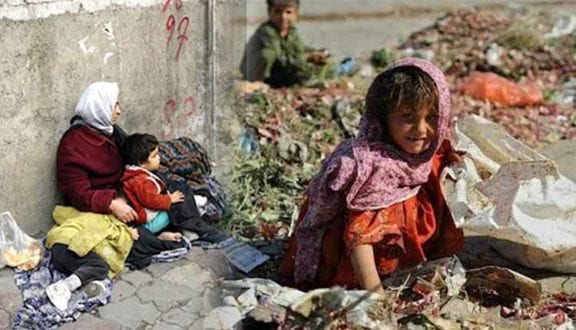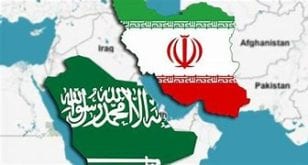iranintl – Due to Iran’s raging inflation and stagnant economy, the minimum wage has fallen so far behind that tens of million have joined the ranks of “the working poor.”
Etemad, a prominent reformist daily in Iran, published an article on Wednesday, highlighting the alarming growth of poverty affecting workers whose incomes have fallen below the poverty line. The paper reported that workers’ wages now only cover approximately 60 percent of their monthly household expenses.
There are different figures for the ‘poverty line in Iran’. By one definition, it is a level of income that covers the minimum essential needs of a household, and incomes below the line are referred to as “absolute poverty”. According to Mohammad Bagheri-Banai, a lawmaker and member of the parliament’s economic committee, the poverty line for residents of Tehran, is around 300,000,000 rials (approx. $600) per month, which is three times as much as the minimum wage in Iran.
According to a report published by ILNA website in January, one-third of the country’s population is now living in extreme poverty, with the number almost doubling from 2020 to 2021. However, it is believed that the real number could be far higher. According to official figures released by Interior Ministry, around 60 percent of Iranians live under the relative poverty line.
Currently the official annual inflation rate is just below 50 percent – the highest rate in Iran for more than 30 years — but prices for foodstuff are most affected, with cooking oil rising by more than three times the annual inflation at 145 percent, and the price of meat also rising by 78 percent over a one-year period (point-to-point).
The key factor to lower inflation and boost incomes is economic growth. Despite various claims by the government, the growth rate has been nearly null over for over a decade. In January, the World Bank projected Iran to have a 1.9-percent GDP growth, but the figure, even if true, comes on the back of two years of deep recession in 2019-2020.
The current downturn in the country’s economy proves that Iran’s economic growth – even if it exists – has not led to job creation, Etemad said, claiming that employment generation was “low-quality”.
This comes as Iran’s seventh development plan, set to be implemented next year, addresses employment in just one article, which surprisingly focuses solely on home-based businesses and small enterprises. The seventh development plan is supposed to provide a roadmap for the country’s economic and social future. However, according to Etemad’s assessments, there is little hope for significant improvements in employment generation.
In addition to the mounting crisis of the working poor, the daily claimed that in the past five years more and more people have become discouraged in their job hunting and are no longer actively seeking employment.
According to Article 41 of the Labor Law, the Supreme Labor Council is mandated to determine the minimum wage for workers each year. However, the government is not obligated to set wages according to the figures announced by the council. It increases wages according to its own interests. The discrepancy has caused widespread labor protests during the past several years.
On the other hand, increasing the minimum wage raises the overall cost for businesses, leading to workforce layoffs or a reluctance to hire new employees.
Incomes in Iran began to lag behind inflation after the establishment of the Islamic Republic in 1979, but salaries were increasing from 2000-2010 when monthly minimum wage hit a high of about $275 in 2010. This coincided with the time when the United Nations Security Council began imposing sanctions to force Tehran to roll back its nuclear program. The rial lost half of its value since last year and the minimum wage, without housing allowance, has dropped to around $120 a month.
 Shabtabnews In this dark night, I have lost my way – Arise from a corner, oh you the star of guidance.
Shabtabnews In this dark night, I have lost my way – Arise from a corner, oh you the star of guidance.



